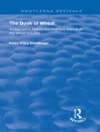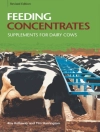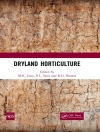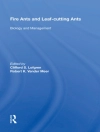Since the middle of the Sixties, new types of formulation for biologically active com- pounds have been developed, which have been introduced into the literature under the term Controlled Release Formulations (CRF). Stimulated by results from former and successful pharmaceutical research, which was engaged in the production of prepa- rations with protracted effects (introduction onto the market in the year 1952 of D- amphetamine in the form of pellets, coated to varying degrees with fats and waxes) 1), experiments were carried out to transfer the prolongation of effectiveness to pesticidal substances also, by means of a depot formulation. Initial work was concerned with the production of protective coatings for sonar systems in marine ecosystems. By means of antifouling paints or rubber coatings containing tri-n-butyl-tin oxide (TBTO), the growth of marine organisms on sonar domes, buoys and hulls in the water could be effectively prevented 2. 3). Controlled release form Ulations of pesticides are defined as depot systems which continuously release their toxic constituents into the environment over a specified period of time (usually months to years) 4). According to this definition, such formu- lations can be successfully employed where a chronic exposure to biologically active compounds is required over a longer period. The following hypothetical example is intended to illustrate this 5). In Fig. 1, the duration of activity of a non-persistent pesticide with a loss rate under environmental conditions of t1/2 = 15 days, is graphically illustrated.
Controlled Release, Biochemical Effects of Pesticides, Inhibition of Plant Pathogenic Fungi [PDF ebook]
Beli ebook ini dan dapatkan 1 lagi GRATIS!
Bahasa Inggris ● Format PDF ● ISBN 9783642466748 ● Penerbit Springer Berlin Heidelberg ● Diterbitkan 2012 ● Diunduh 3 kali ● Mata uang EUR ● ID 6378791 ● Perlindungan salinan Adobe DRM
Membutuhkan pembaca ebook yang mampu DRM












